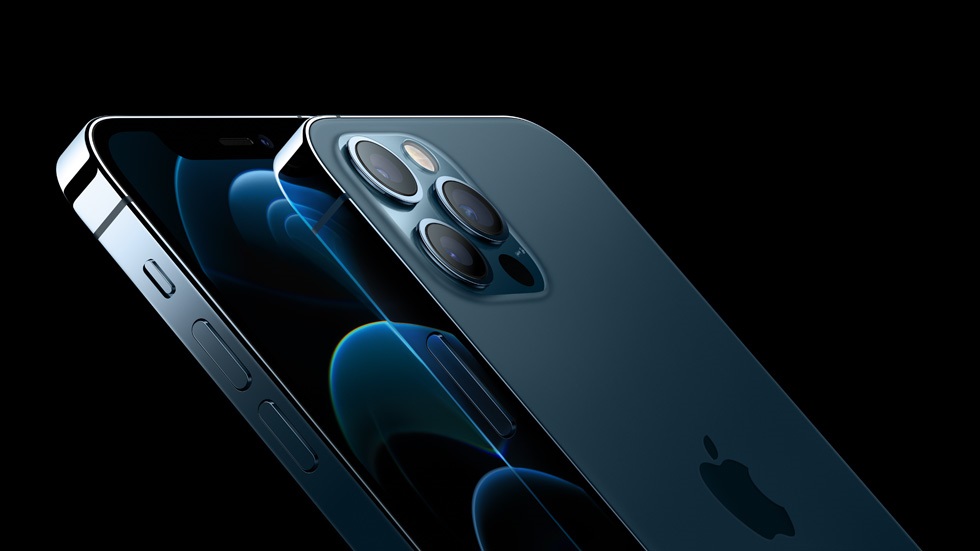- Apple is reportedly bringing its LTPO display technology to the iPhone 13 Pro and 13 Pro Max.
- Low-temperature polycrystalline oxide (LTPO) technology allows for more power-efficient displays, which means the next iPhone models might have better battery life.
- LTPO technology also opens the door to 120Hz refresh rates and always-on displays.
Now that the iPhone 12 has been out for more than 24 hours, it’s time to move on iPhone 13 leaks. Apple was once a bastion of secrecy in the world of technology, but in recent years, the company has rarely made it to a major hardware reveal event with any hardware left to actually reveal. The same will likely be true of the iPhone 13 series in 2021, as we are already getting hints about some of the upgrades Apple has in store for the new phones.
According to a recent report from the Korean electronics blog The Elec, Apple is planning to bring OLED displays with low-temperature polycrystalline oxide (LTPO) technology to multiple iPhone models in 2021.
“LG Display will expand the production rate of its organic light emitting diode (OLED) panel factory lines dedicated to Apple,” the Elec report says. “LG Display is planning to put in low-temperature polycrystalline oxide (LPTO) thin-film transistors (TFT) equipment that can add 25,000 substrates per month in monthly production rate into the lines by next year. Apple is planning to apply LTPO TFT to higher-tier iPhone models launching next year.”
The report also claims that two of Apple’s 2021 iPhone models will utilize LTPO technology of the four it has planned for next year, which suggests that the iPhone 13 Pro and iPhone 13 Pro Max will have LTPO displays. If accurate, this could be one of the most notable upgrades for the Pro models next year.
LTPO is a backplane technology developed by Apple that allows manufacturers to build more power-efficient displays. The company has actually already implemented LTPO displays on its newer smartwatches, including the Apple Watch Series 5 and Apple Watch Series 6. As MacRumors explains, this allows the new models to feature the same 18-hour battery life of previous models despite having battery-intensive always-on displays.
“For 120Hz, you need LTPO which enables variable refresh so you can operate at 1Hz-120Hz and optimize battery life. Only one flagship phone will have LTPO. Will leak it tomorrow with display specs,” display analyst Ross Young said in a tweet earlier this year. “With LTPO, you can vary the display refresh rate from 1Hz to 120Hz based on the content. In always on mode, 1Hz. In gaming modes, 120Hz. Big power advantage for Samsung. Apple won’t have LTPO until 2021,” he added in another tweet, describing the benefits of LTPO on an iPhone.
Not only will LTPO technology improve the battery life of future iPhone models, but it will also open the door to features that fans have been clamoring for, such as always-on display modes, 120Hz gaming, and more. It sounds like we won’t have to wait long for Apple to catch up with some of the other top vendors.








